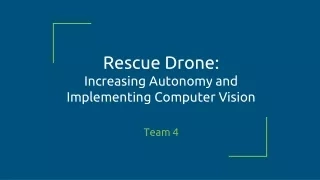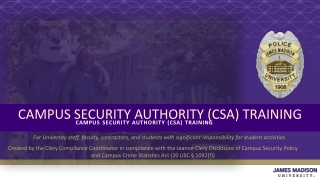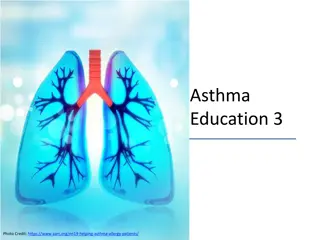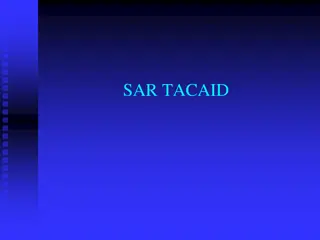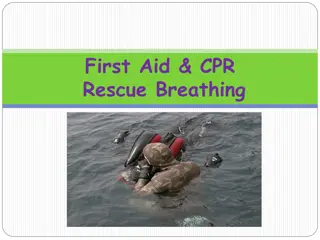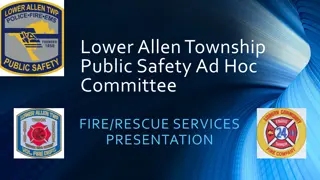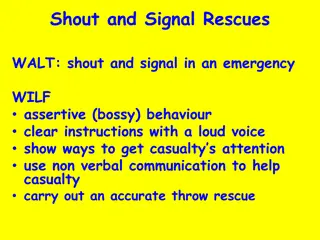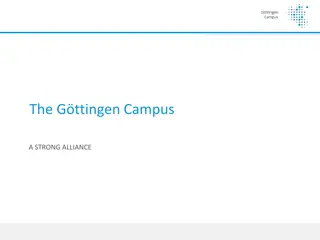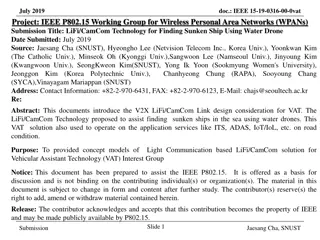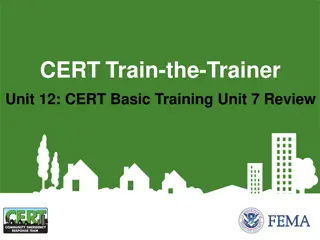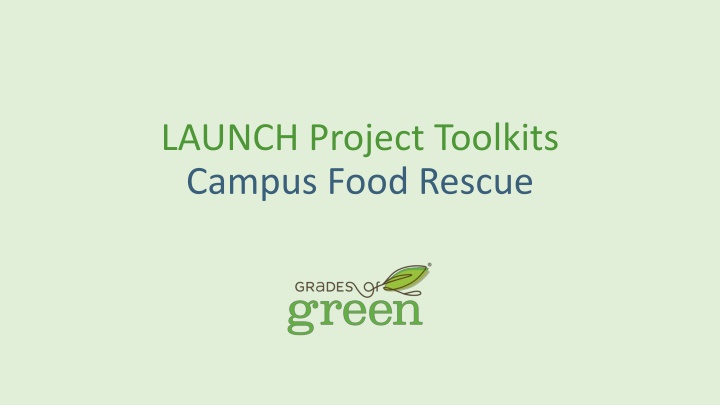
Campus Food Rescue Initiatives to Combat Food Waste
A lot of perfectly good food is wasted on school campuses daily due to various reasons like students not liking the food, excess servings, or lack of time to eat. This leads to tons of food being thrown away, contributing to landfills and climate change. Implementing food rescue programs can redirect this wasted food to help feed families in need, combat food insecurity, and reduce environmental impact.
Download Presentation

Please find below an Image/Link to download the presentation.
The content on the website is provided AS IS for your information and personal use only. It may not be sold, licensed, or shared on other websites without obtaining consent from the author. If you encounter any issues during the download, it is possible that the publisher has removed the file from their server.
You are allowed to download the files provided on this website for personal or commercial use, subject to the condition that they are used lawfully. All files are the property of their respective owners.
The content on the website is provided AS IS for your information and personal use only. It may not be sold, licensed, or shared on other websites without obtaining consent from the author.
E N D
Presentation Transcript
LAUNCH Project Toolkits Campus Food Rescue
LAUNCH Project Toolkits GRADESOFGREEN.ORG A lot of perfectly good food is wasted across the world everyday for many different reasons. On school campuses, food waste usually happens because students don t like the food that is served, given more food than they can eat, or don t have enough time to eat their entire meal. This results in a lot of food being thrown in the trash, which ends up in landfills. Reports estimate that U.S. schools waste 530,000 tons of food per year, which costs as much as $9.7 million a day to manage (World Wildlife).
LAUNCH Project Toolkits GRADESOFGREEN.ORG Food waste in landfills is a big contributor to climate change. When food breaks down in a landfill, it gives off methane, a powerful greenhouse gas. According to the Environmental Protection Agency, food is the single largest category of material placed in United States landfills, which is also the third-largest source of human-related methane emissions in the country (USDA).
LAUNCH Project Toolkits GRADESOFGREEN.ORG Safe and wholesome food that is currently wasted could help feed families in need. Much of the food that is currently thrown away can help feed hungry individuals and reduce food insecurity. Each year, food banks like Feeding America rescue and redistribute around 3.6 billion pounds of food. This is only a small percentage of food that could have been donated instead of going to a landfill (USDA).

